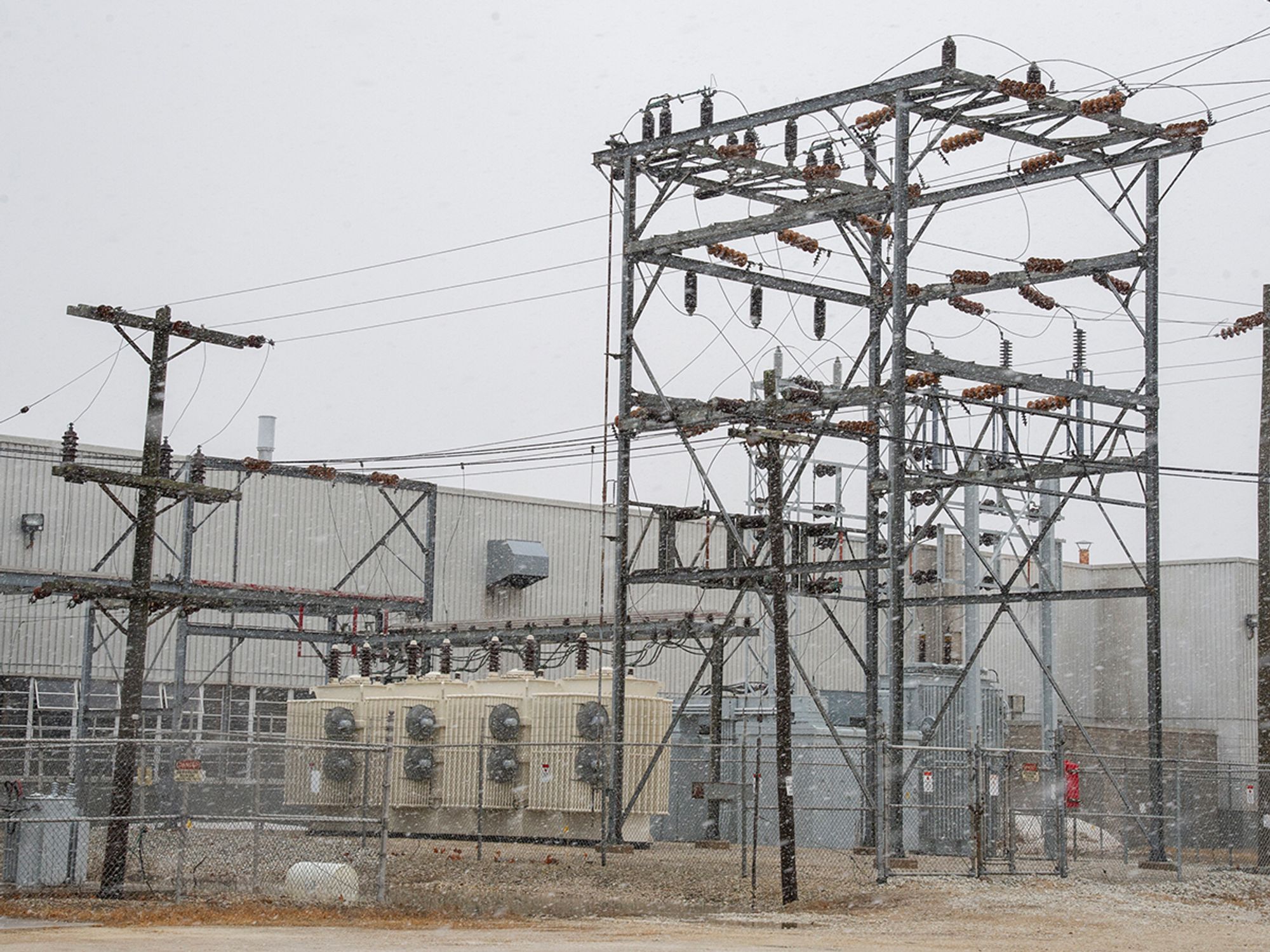System integration

- Solar systems integration involves creating technologies and tools that help bring solar energy onto the electricity grid, while conserving grid reliability, security, and effectiveness.
- The electrical grid is divided into two different systems: transmission and distribution.
Solar systems integration involves creating technologies and tools that help bring solar energy onto the electricity grid, while conserving grid reliability, security, and effectiveness at the same time.
The electrical grid
For the majority of the past century, electrical grids had large-scale, centralized energy creation located far from purchasers. Modern electrical grids are a lot more complicated. Alongside large utility-scale plants, modern grids also involve different energy sources such as solar and wind, energy storage systems, power electronic devices such as inverters, and small-scale energy production systems such as rooftop installations and microgrids. These smaller-scale and scattered energy sources are typically called distributed energy resources (DER).
The electrical grid is divided into two different systems: transmission and distribution. The transmission grid is the lattice of high-voltage power lines that bring electricity from centralized sources such as big power plants. These high voltages allow power to be carried far stretches without great loss. The distribution grid refers to low-voltage lines that end up going to businesses. Substations and transformers change the power from high to low voltage. Historically, electricity only had to flow one direction through these systems: from the central generation source to the purchaser. But systems such as rooftop solar now need the grid to juggle two-way electricity flow, since these systems can inject the surplus power that they produce back into the grid.
Power electronics
Growing solar and DER on the electrical grid means merging additional power electronic devices, which change energy from one type to another. This may include changing between high and low voltage, monitoring the quantity of power flow, or changing between direct current (DC) and alternating current (AC) electricity, based on where the electricity is going and its use. The inverter is a kind of power electronic device that is very critical for solar energy integration. Inverters change DC electricity, what a solar panel produces, to AC electricity, what the electrical grid utilizes.
Solar plus storage
Because solar energy can only be produced when the sun is shining, the opportunity to store solar energy for future use is crucial. It supports the fine balance between electricity production and consumer demand.
Grid resilience and reliability
The electrical grid needs to consistently supply power. It’s critical for utilities and to have real-time data on the amount of electricity solar systems are generating. Growing quantities of solar and DER on the grid result in opportunities and difficulties for grid consistency. Intricate modern grids with a mixture of traditional generation and DER can make replying to atypical scenarios such as storms or blackouts more challenging. But power electronics have the possibility to gather real-time data on the grid and aid in maintaining grid operations.
